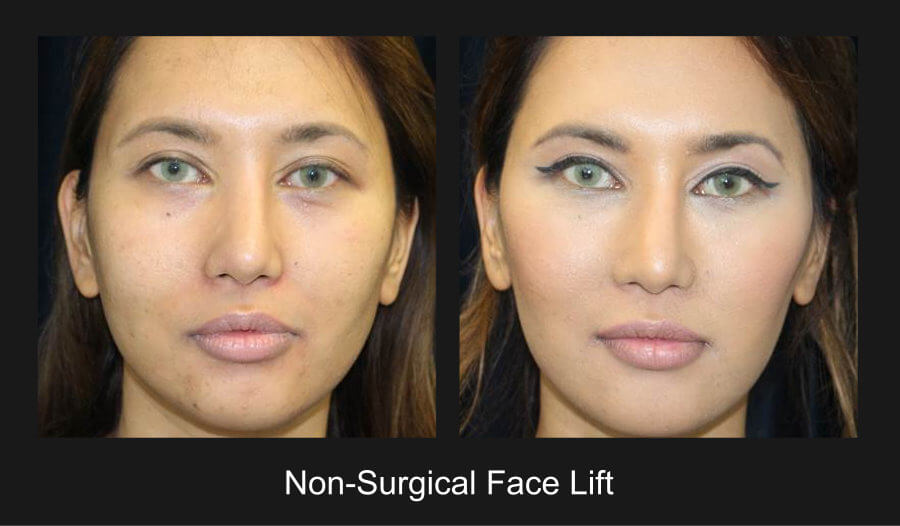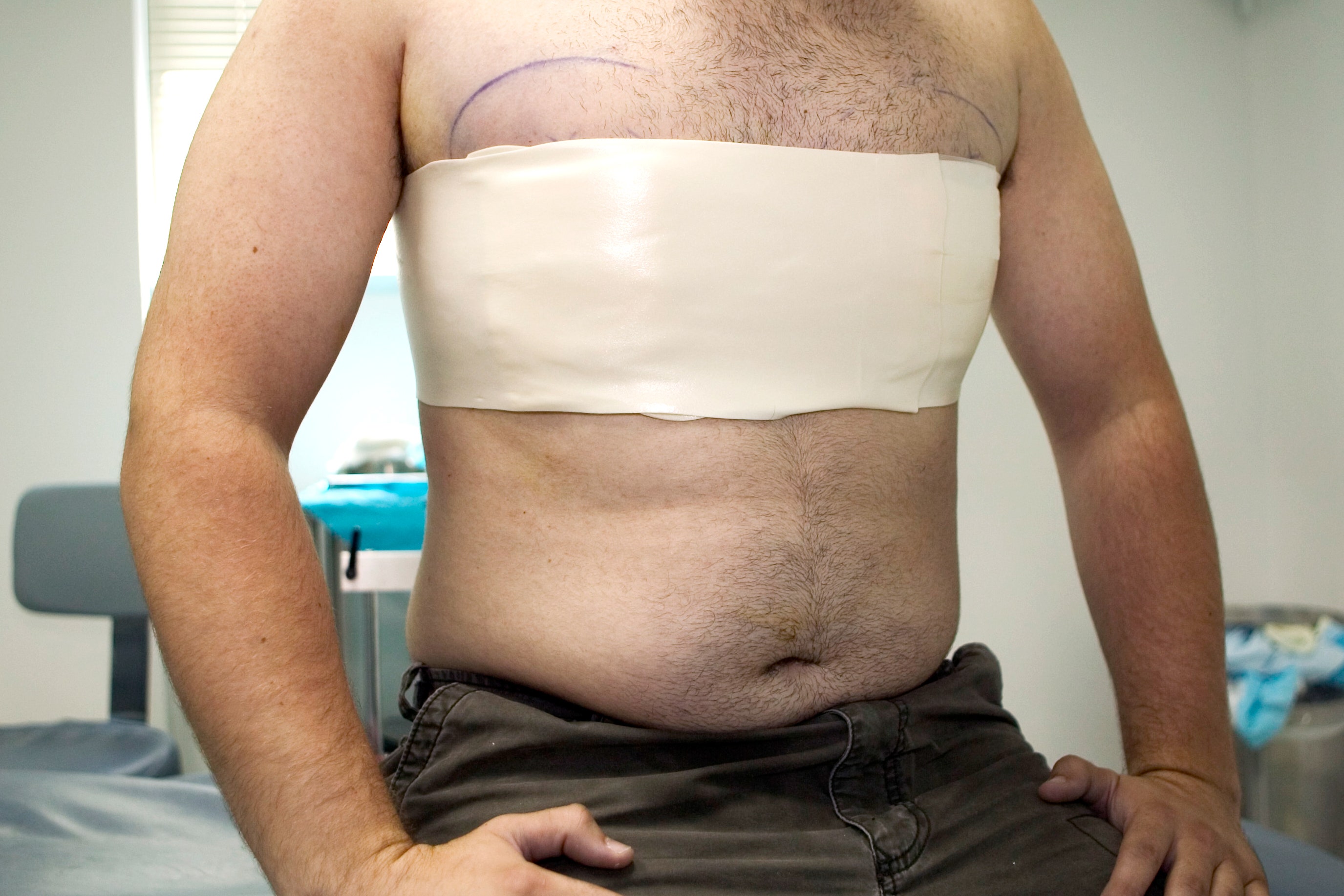
There are many options for breast enhancements. Each of these options can lead to different results. There is no one solution that will work for everyone. Make sure you are fully informed about the pros and cons of each procedure before making a decision. You will be able to ask the right questions to get the breast enhancement surgery you desire.
How to choose the right plastic surgeon
The choice of a plastic surgeon to perform breast enlargement is an important one. Consider the following factors: experience, qualifications, bedside manner, and bedside manner. Getting references from people who've already undergone surgery is a great way to choose the right surgeon.
Reviews from patients and before-and after photos are great starting points. It is important to find surgeons who can deliver quality results. A surgeon's surgical experience and skills can be shown through before-and-after photos. The photos can help you assess whether the surgeon is suitable for your requirements and expectations.

Preparing for surgery
When you are preparing for breast augmentation surgery, one of the most important things is to be healthy. Avoid being around sick people and make sure you take some time off from work to prepare for the surgery. If you have children under two years old, find someone to take care of them while you're gone. Additionally, you should try to avoid strenuous exercise for two weeks. It is possible for your breasts to become tender after surgery.
It's a good idea, before you have surgery, to plan your meals. It is important to buy foods you can prepare easily. You might also want to shop for foods that can be stored well and are easy to prepare. You should bring all medications. You should also be at the surgery two hours before check-in to avoid any delays. Wear comfortable clothing that doesn't restrict your arm movement. A button-front shirt is a great idea.
Complications
One in five women who have breast enlargements experience post-operative infection. These symptoms can include swelling, pain, redness, swelling, high fever, and sometimes redness. The surgeon should be consulted about their options. The surgeon can perform a surgery to remove infected tissue if necessary. In some cases, the surgeon may also remove the implant and tissue expander if the infection is too severe.
Of the total 450 procedures after initial implantation, 91 of them were staged planned procedures while 164 were done for clinical reasons. 321 women had reported at least one complication. Of these, 178 women had at least one complication, and a total of 274 breasts had at least one implant. The rate of complications was significantly lower for women who had surgery for prophylactic reasons, or after a mastectomy for breast cancer.

Recovery
The recovery from breast enhancing surgery is an important part of the procedure. While the procedure isn't life-threatening, it can make you feel uncomfortable. After the surgery, swelling, bruising, and pain will subside. To speed up healing, the body will release anti-inflammatory substances. Patients should avoid lifting heavy objects and strenuous activity while recovering. Patients can resume their normal activities after a few weeks.
Patients will be prescribed pain medication. You can also opt for over-the–counter pain medication to ease the discomfort. The patient should avoid any high-impact activities for two to six weeks following the surgery.